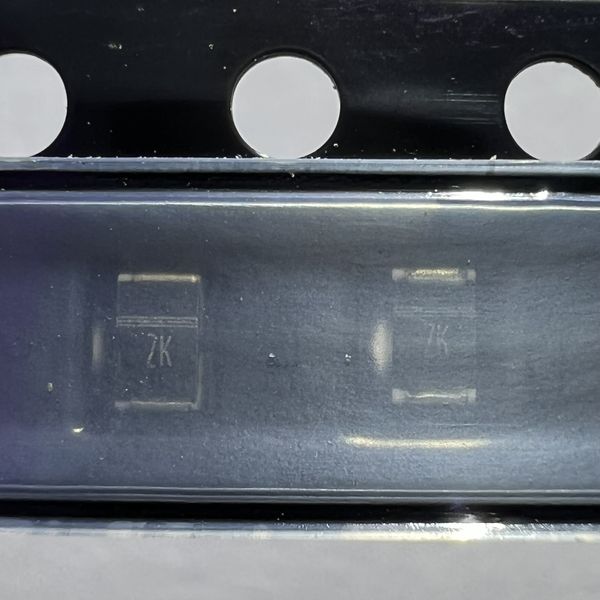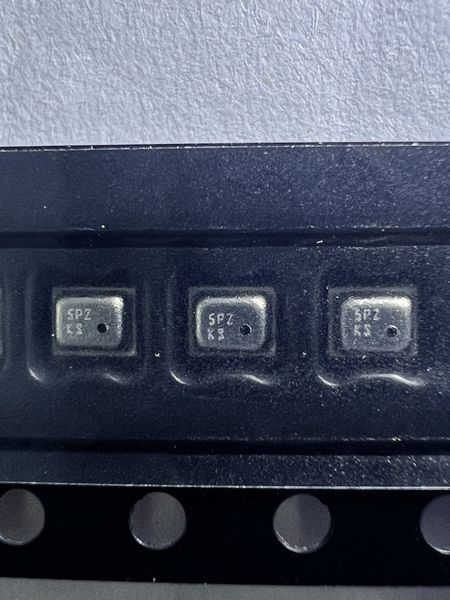The BZX284-C20 is a Zener diode manufactured by NXP Semiconductors with the following specifications:
- Type: Zener Diode
- Zener Voltage: 20V
- Power Dissipation: 400mW (0.4W)
- Package: SOD110
- Manufacturer: NXP Semiconductors
- Model: BZX284-C20
-
DataSheet BZX284-C20,115 PDF
Key Features:
-
Zener Diode: Zener diodes are semiconductor devices that operate in the reverse breakdown region, effectively regulating voltage across the diode.
-
Zener Voltage (20V): The Zener voltage of this diode is 20V. When the reverse voltage across the diode reaches this threshold, the diode begins to conduct.
-
Power Dissipation (400mW): This diode is rated for a maximum power dissipation of 400mW (0.4W) to ensure safe operation within specified limits.
Main Specifications and Uses:
-
Voltage Regulation: Zener diodes are commonly used for voltage regulation, voltage reference, and transient voltage suppression applications.
-
Overvoltage Protection: They are often used for protecting sensitive components from voltage spikes by clamping excess voltage levels.
-
Package Type (SOD110): The SOD110 package is compact and designed for surface mount applications, providing efficient use of PCB space.
Working Principle:
Zener diodes are designed to conduct in the reverse-biased direction when the voltage across them reaches the Zener voltage value (20V in this case). This characteristic allows them to regulate voltage by maintaining a nearly constant voltage drop across the diode.
In the case of the BZX284-C20 Zener diode, its 20V Zener voltage makes it suitable for applications where a stable 20V reference voltage is required or where voltage regulation around 20V is needed. The 400mW power dissipation rating indicates the maximum power the diode can handle without getting damaged.
It is important to select the right Zener diode based on parameters such as Zener voltage, power dissipation, and package type to ensure proper functioning and reliability in the specific circuit or application where it will be utilized.



